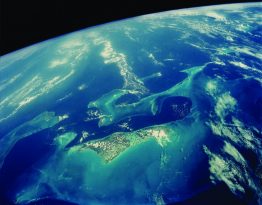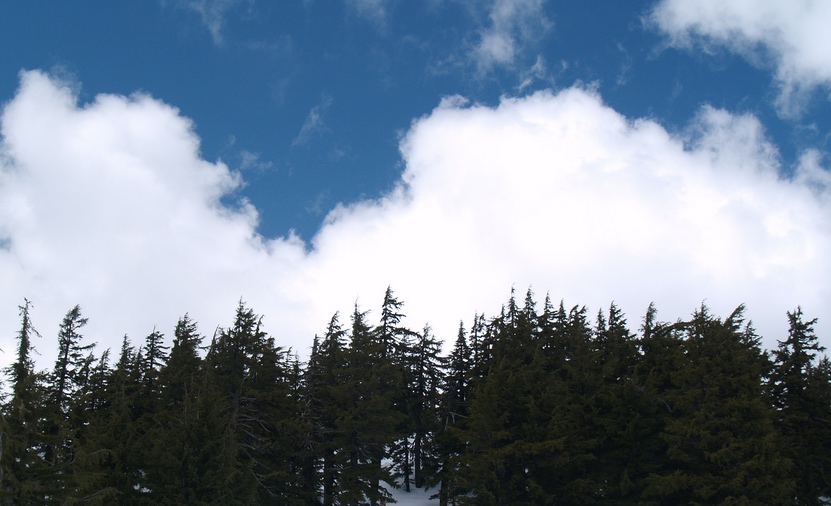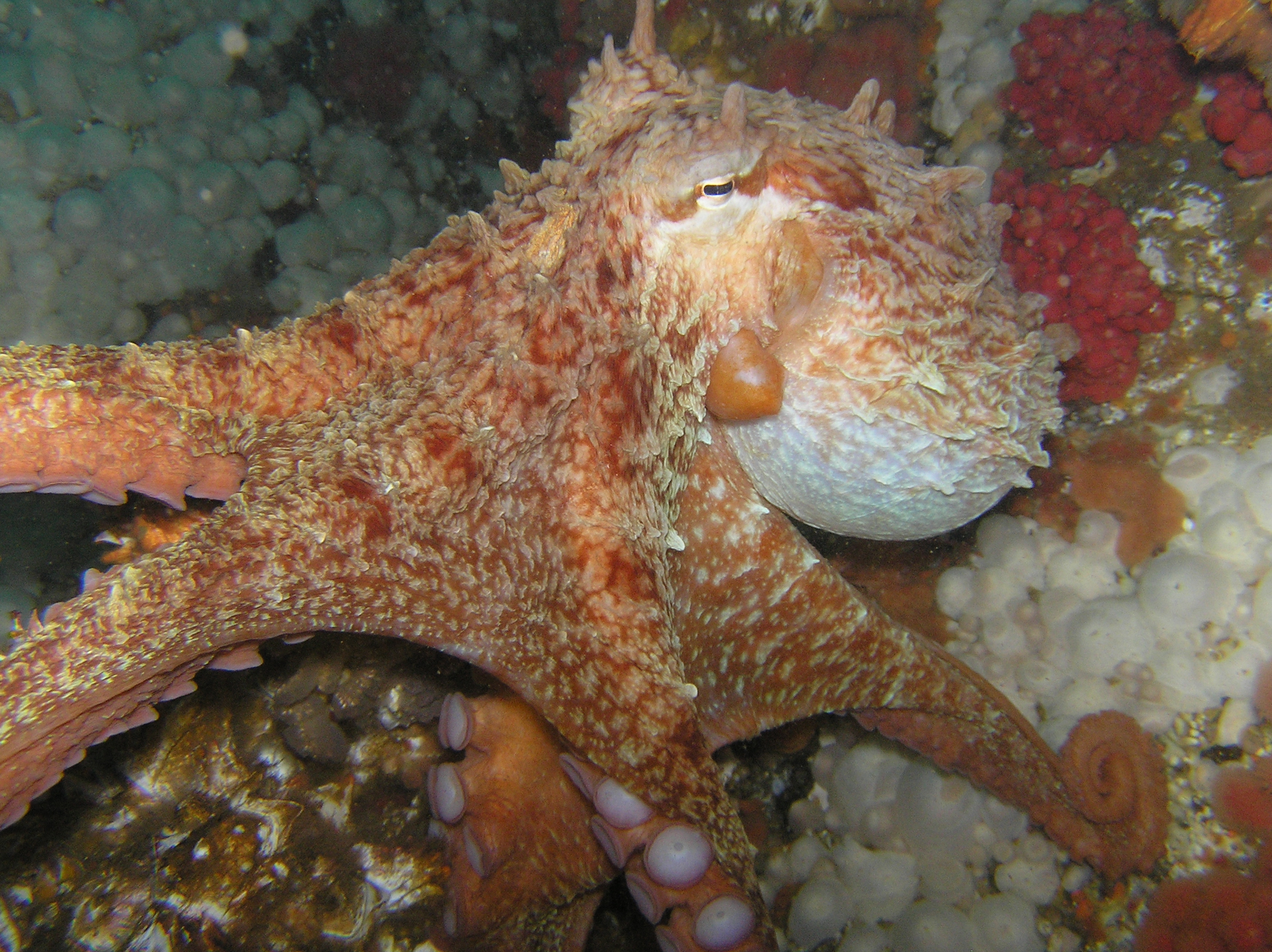Every year, the Seattle Aquarium recognizes outstanding individuals who work and make a difference in the marine environment. This year, two individuals from our College of the Environment community were honored: Terrie Klinger, Professor and Director of the School of Marine and Environmental Affairs, and Martha Kongsgaard, member of the Dean’s Advisory Board and Chair of the Puget Sound Partnership’s Leadership Council.
Read more »The 2011 wildfire season, plant and soil diversity, shark mechanics and more: This week's published research
Each week we share the latest peer-reviewed publications coming from the College of the Environment. Over the past week, fifteen new articles co-authored by members of the College of the Environment were added to the Web of Science database, including black carbon in the snows of central North America, sandy beach science, six centuries of changing ocean mercury, and more. Read up!
Read more »UW raising funds to replace research vessel
The College of the Environment’s School of Oceanography and a network of partners are working to raise funds to replace the aging and soon-to-be decommissioned Clifford A. Barnes. The research vessel is nearly 50 years old, and has limited capabilities to help scientists and students really understand what’s going on in our local waters–like the Puget Sound, Salish Sea, Lake Washington, and the Columbia River.
Read more about replacing the Barnes »Could brighter clouds offset warming caused by greenhouse gas emissions?
Atmospheric Sciences’ Tom Ackerman and Rob Wood recently contributed to a proposal that would test the effectiveness of spraying sea-salt particles into marine clouds in order to make them brighter. According to The Economist, cloud physicist John Latham hypothesized that brighter clouds could cool the Earth enough to compensate for increased warming caused by greenhouse gas emissions in 1990. Several decades later and with the help of the two UW scientists, field tests on the subject could come to fruition.
Read more at The Economist »How mega are the ocean’s megafauna?
From blue whales and great white sharks to leatherback turtles, colossal squid, and giant clams, a paper published this week in the journal PeerJ looks at the true size of the ocean’s largest marine species. A team of scientists, including Aquatic and Fishery Sciences’ Trevor Branch, lead the charge aimed at addressing the challenges associated with accurately measuring and cataloging the largest animals in the sea.
Read more at UW Today »





